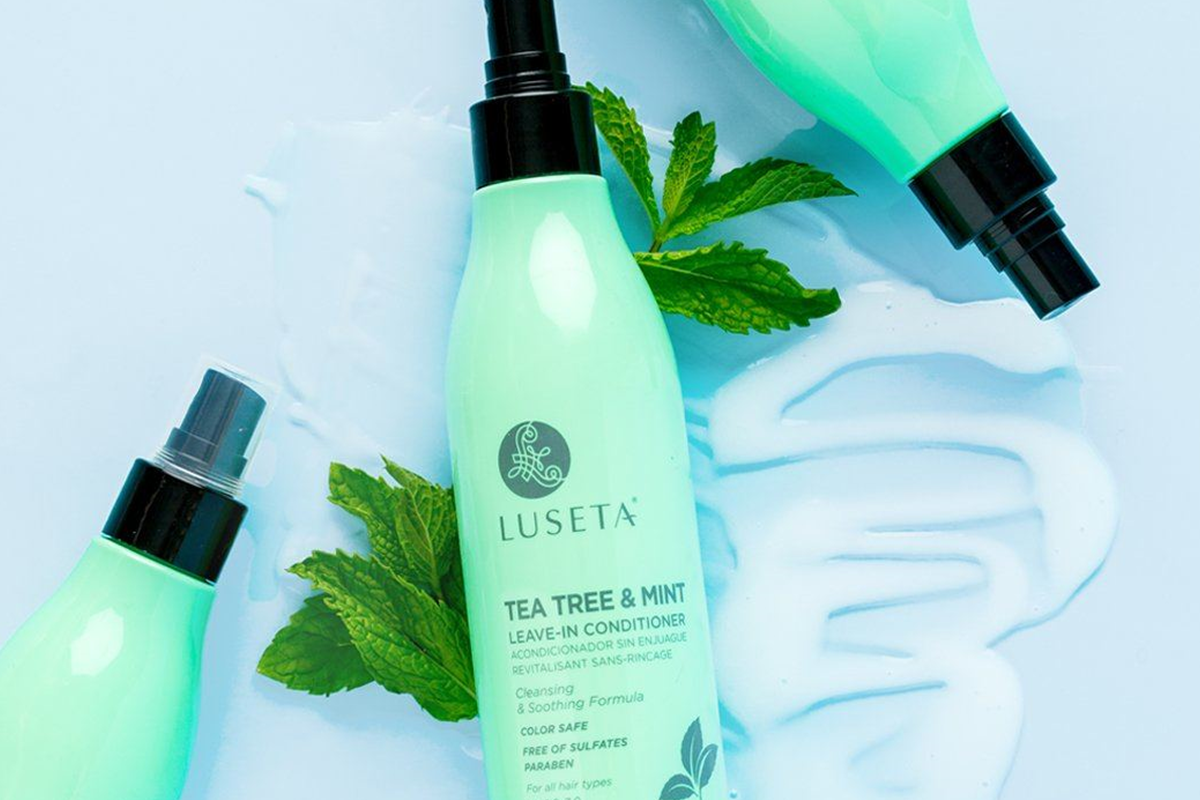Luseta Tea Tree Oil is made from the tree, Melaleuca Alternifolia, found in Eastern Australia. The oil has been used medicinally for centuries and documented by ancient texts.
While the claims have not been substantiated by research, many of those who use Luseta Tea Tree Oil find it therapeutic and feel that it benefits their skin and hair.
History and Uses
The aborigines have been using the tree for medicinal purposes for centuries. Captain Cook noticed the aborigines using the oil to stop infections and skin problems on his voyages to Australia in the 1770s. The tree was presumed to be extinct but was rediscovered in 1841. The wood was sold as timber, but after it was realized that there were many more trees than originally thought, a tea tree harvesting program was established. Today, the tree is still used for medicinal purposes, but the demand for it has increased.

The leaves of the tree can be used to make a topical oil and it is sometimes taken internally to treat respiratory and urinary tract infections. The tea tree oil is an antiseptic and a deodorizer. It is also an antifungal agent, an anti-inflammatory, an antibacterial agent, and an analgesic (an agent that provides relief from pain). It works on viruses, bacteria, and fungi that might cause disease.
The oil is produced in a steam distillation process that involves coming into contact with the atmosphere. The trees are grown for their essential oils and not for the lumber, so it is the sunlight hitting the trees and not chemicals that causes this product to grow. It is important that it is distilled properly because too much heat will destroy many of the healing ingredients.
Luseta Tea Tree Oil is used to treat a variety of minor ailments, such as the common cold and skin rashes. Its use for antifungal purposes is not limited to fungal infections alone; it can also be used for athletes foot, ringworm, and athlete’s knee. It has been shown to prevent or minimize hot flashes in women with excessive or recurring breast cancer treatment.


